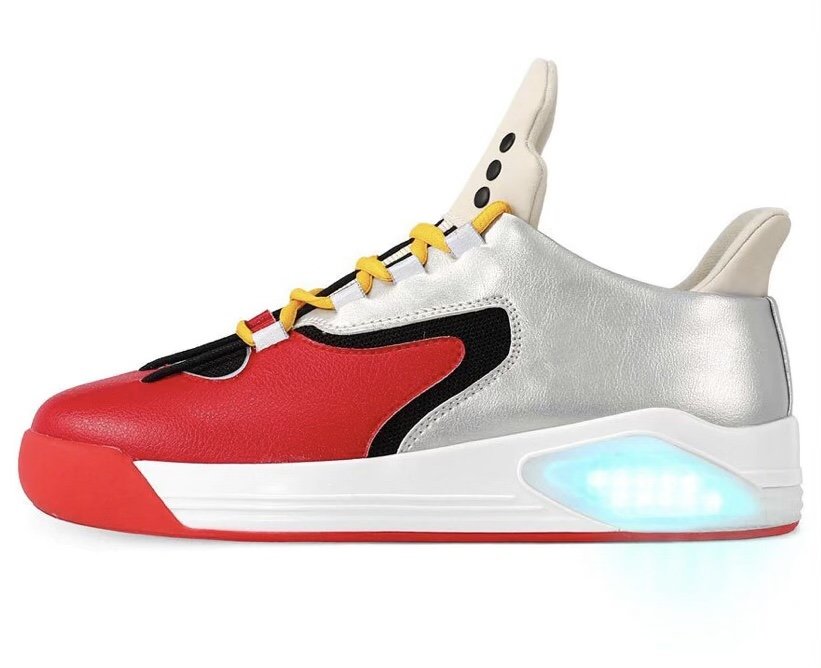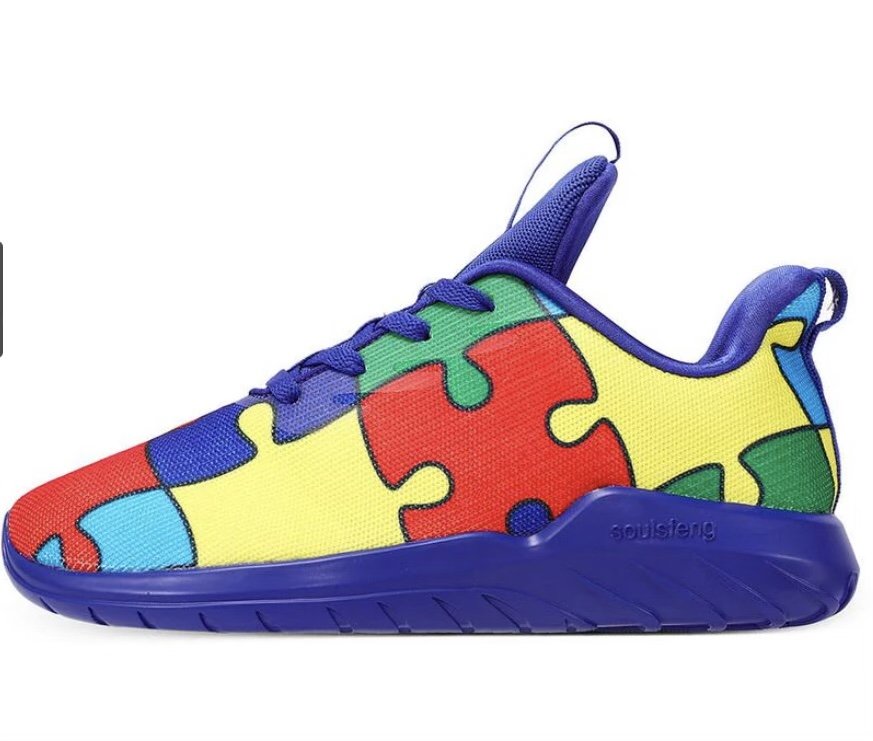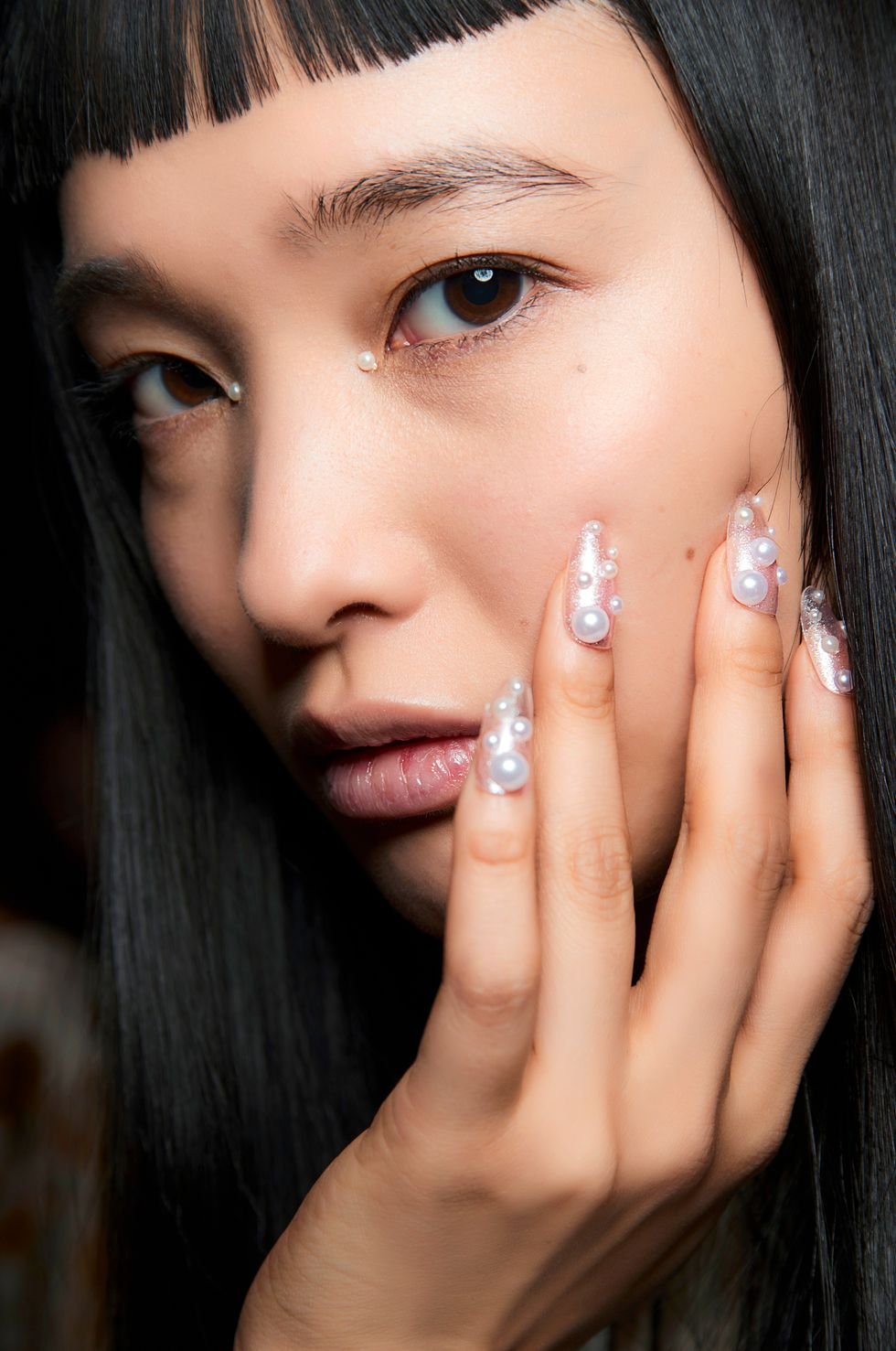Models are not high on the list of professions that garner public sympathy. YouTube is full of supercuts of them falling on the runway. Eyerolls greet their public complaints. As Sara Ziff, founder and executive director of the labor-advocacy group Model Alliance and a former model herself, readily admits, "I think there's very little public sympathy for models or people working in fashion more broadly, because it's seen as a glamorous profession, a privilege, not really a job."
Still, as her organization's work has shown, models are workers. As are stylists, hairstylists, and makeup artists—the people the Fashion Workers Act, a new bill going before the New York State Senate and backed by State Senator Brad Hoylman and Assemblymember Karines Reyes, aims to protect. Amid a labor revolution that's happening everywhere from Starbucks to media companies, those behind the bill want to draw attention to the exploitation that can be all too common in the fashion industry. The bill would require management companies to pay creatives within 45 days and cease exploitative practices, like including mystery fees or overcharging models for services.
"I've worked off and on as a model since I was 14 years old and I'm turning 40 next month," Ziff says. "And unfortunately, the very same problems that I encountered as a young model are what we hear about every day through our support line." Models have also aired grievances via the anonymous Instagram account @shitmodelmanagement, which Ziff says the Model Alliance was in touch with in advance of announcing the Fashion Workers Act. Accounts like these have provided an outlet for some models to speak up without risking their livelihoods. "If people are scared and don't feel like they have any other avenue to air their grievances," Ziff says, "then it makes sense that they would use social media in that way."
Read more here.














